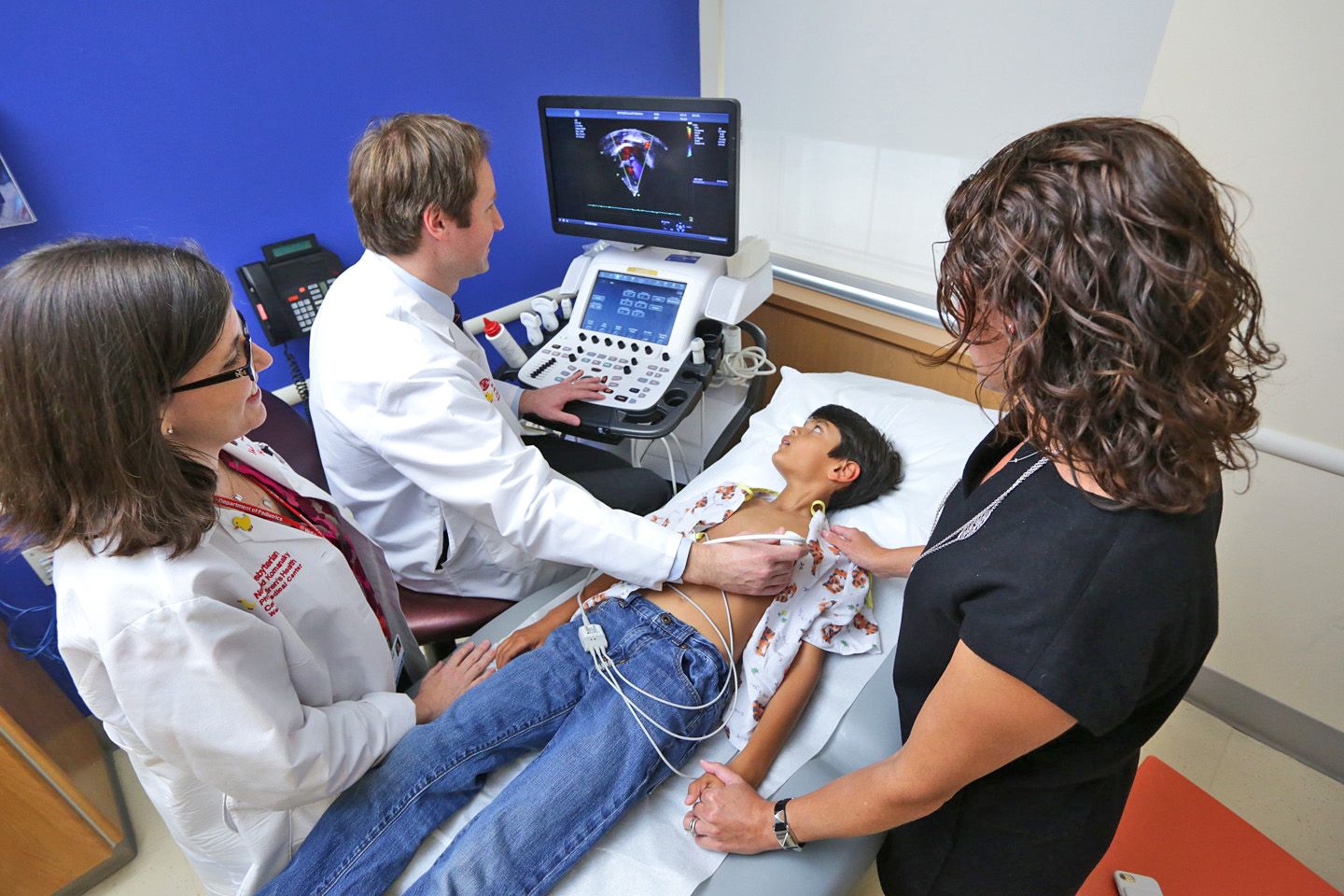Echocardiography is a test that uses sound waves to produce live images of your heart. The image is an echocardiogram. This test allows your doctor to monitor how your heart and its valves are functioning. The images can help them spot:
- blood clots in the heart
- fluid in the sac around the heart
- problems with the aorta, which is the main artery connected to the heart
During the procedure, a transducer (like a microphone) sends out sound waves at a frequency too high to be heard. When the transducer is placed on the chest at certain locations and angles, the sound waves move through the skin and other body tissues to the heart tissues, where the waves bounce or “echo” off of the heart structures. These sound waves are sent to a computer that can create moving images of the heart walls and valves.

Why do people need an echo test?
Your doctor may use an echo test to look at your heart’s structure and check how well your heart functions. The test helps your doctor find out:
What are the types of echocardiography?
There are several different types of echocardiograms.

 WhatsApp us
WhatsApp us